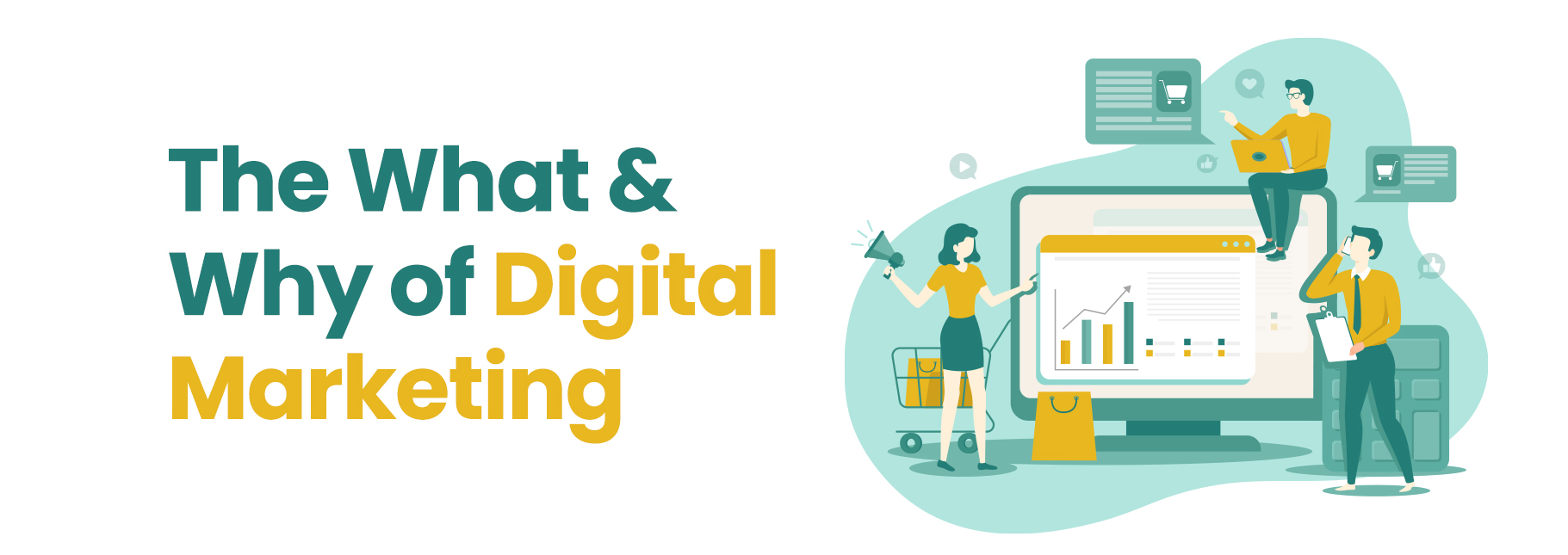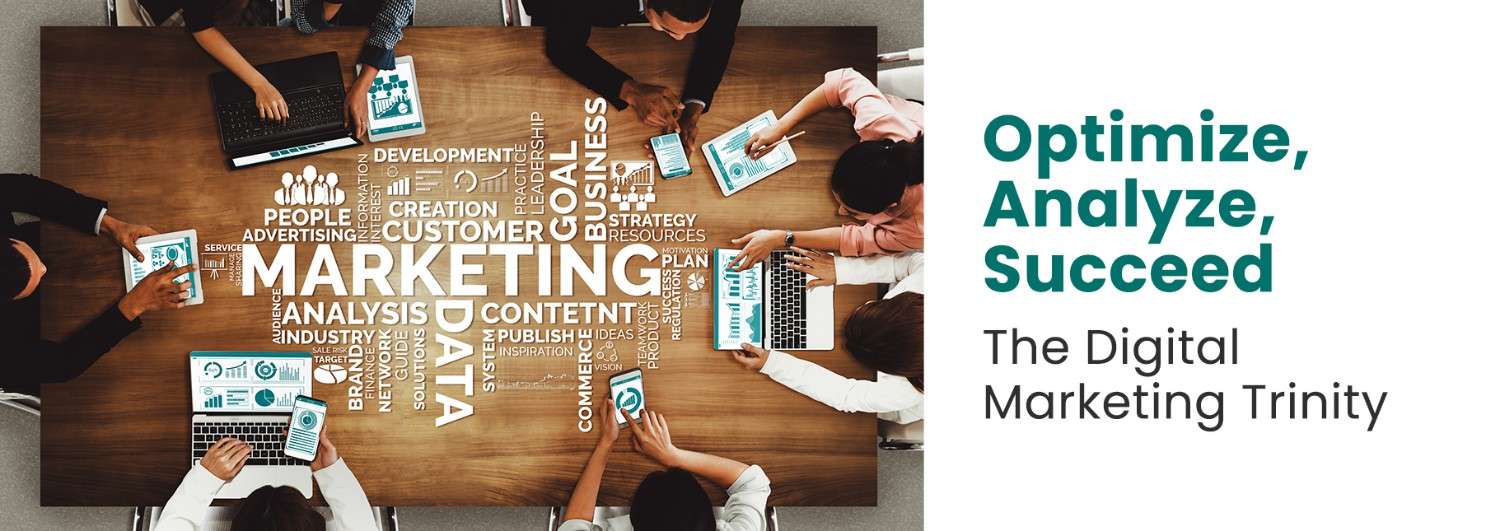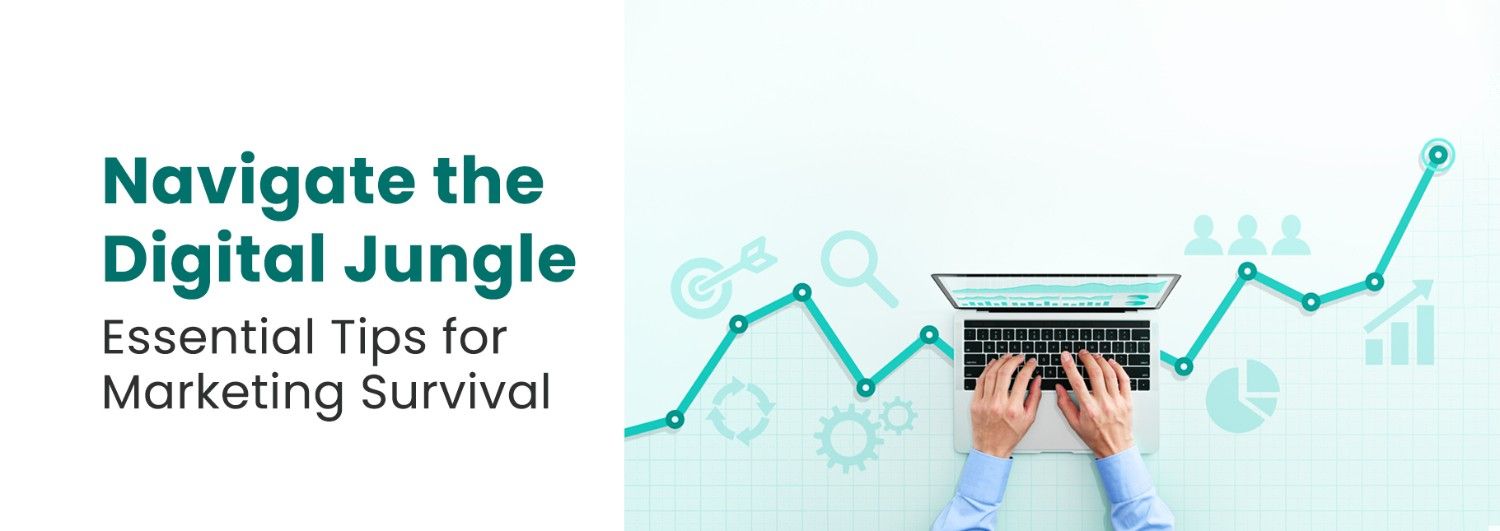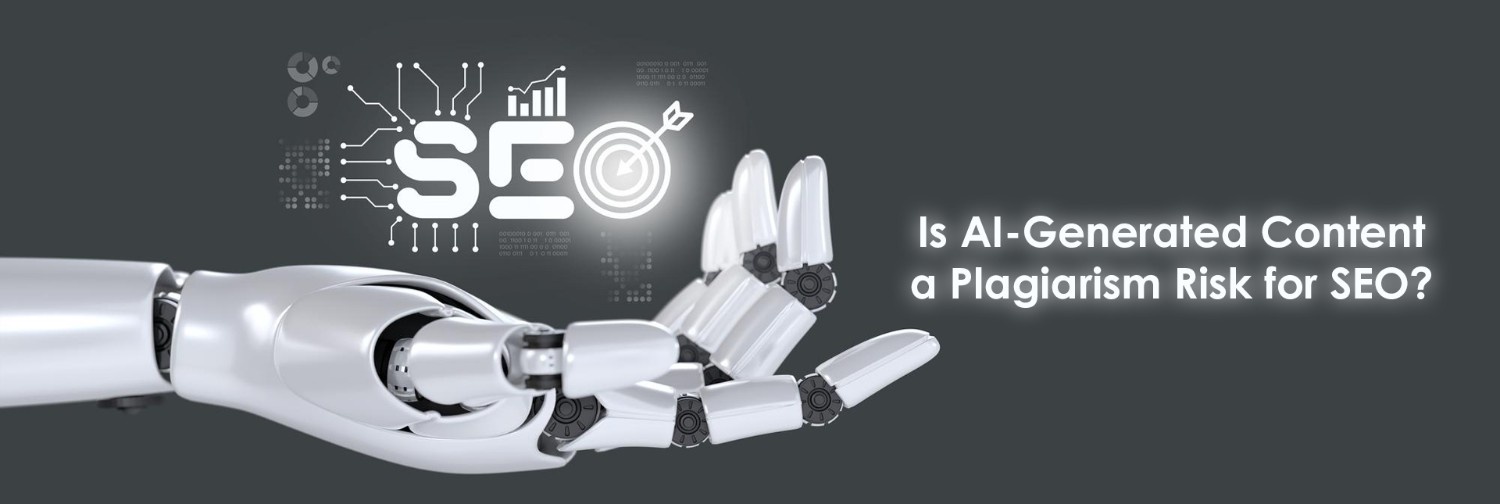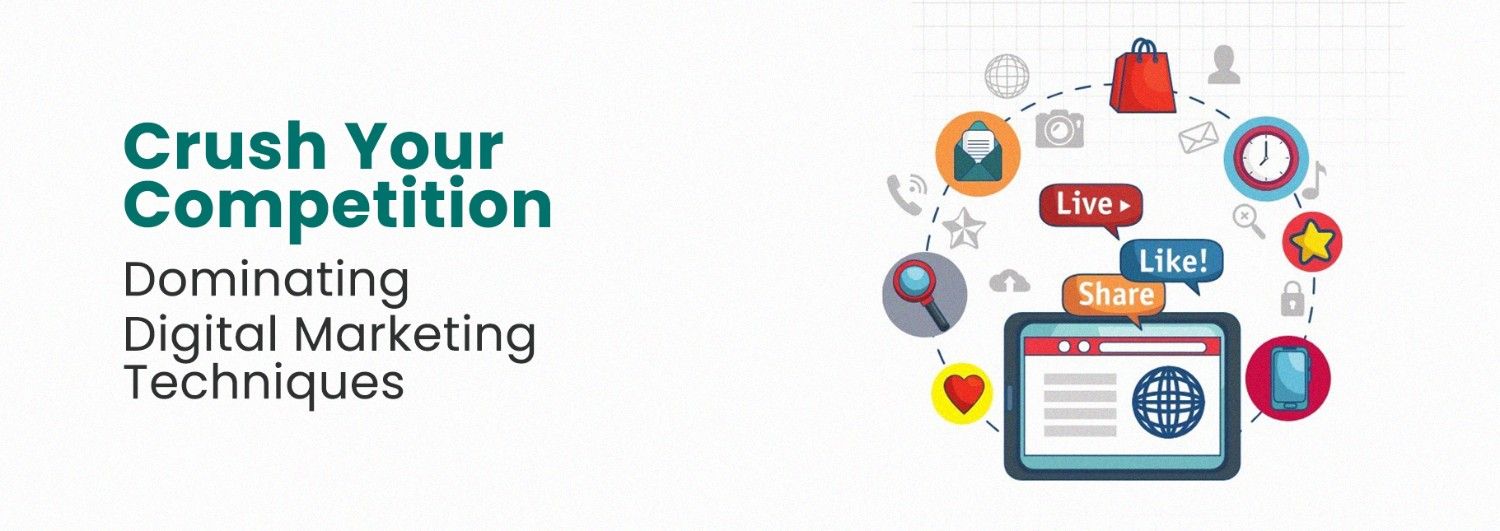Any marketing effort that is delivered over a digital channel is called digital marketing. This type of marketing is vital for any business.
With the increasing competition on a day to day basis, businesses require innovative yet efficient marketing solutions to stand out from the crowd.
Online marketing services or digital marketing services are tailored and adapted to the transformation of consumer behaviour.
79% of the consumers in the present day perform their search or research for their desired services or products through many selling and marketing channels online via E-commerce sites and social media channels.
Digital marketing follows quite a few principles as traditional marketing and it is often a new approach for consumers to understand consumer behaviour.
Let us look at how to create, streamline and optimize a digital marketing strategy with the six pillar strategies.
Depending on the size of the company, these six pillars are either managed by a single entity or different teams.
- Strategy and Governance (or) Management: This pillar includes the company goals i.e., analytics, strategies, segmentation, targeting, brand positioning, integration, marketing and sales, resourcing and data management.
- Goal Measurement: This includes forecasts, digital reporting, attribution and customer insights.
- Media: This pillar consists of paid ads, social and display advertising.
- Experience: This pillar includes the website and apps along with customer service.
- Messages: On-site interaction, personalisation, social media, email, chat are the key factors in this pillar.
- Content: The content used to boost content marketing through products and blogs.
Now that we have the pillars of digital marketing, how do we channelise them? What are the different types of marketing channels used in digital marketing?
Let us dive into some types of marketing channels
-
SEO(Search engine optimization)
SEO or Search Engine Optimization, makes the business rank higher in the google search results, thereby increasing the traffic on the business website.
In order to accomplish this, content marketers use the words and phrases that the consumers use often to search information online.
Similar to SEO, pay per click also increases traffic to the business online.
Paid advertisements and promoted search engine results are a part of this type of marketing.
The advertisements we see at the top and bottom of any websites, mobile ads or any youtube videos ads are all a part of pay per click marketing.
In content marketing, business uses storytelling and information to create brand awareness.
The end goal of this marketing technique is turning netizens into potential customers.
This content can include blog posts, white papers, e-books, digital videos, podcasts and many more.
When a business tries to approach their target audience through social media channels, it becomes social media marketing.
Posting about business online, reaching out to customers via comments and engaging them is a part of social media marketing.
With the advent of other social media channels, email marketing still is an effective marketing technique that converts audience into customers.
Through email marketing, marketers can create compelling campaigns and can increase the open rate.
Online marketing has a prominent role in this digital era.
In such a scenario, affiliate marketing or influencer marketing has become quite popular.
In this strategy, the business uses industry experts or social media influencers to reach their target audience.
While digital transformation is not a new topic for any of us, the current time has forced most of us to speed up the adoption in ways that we could have never expected.
But rather than fearing the change or struggling to adapt to it, we should look at it from a positive spectrum to achieve important milestones, especially for marketing and sales alignment.
Revsoc Digital can help you to amplify your business digitally through our digital marketing services, our strategies have helped many clients to grow in their field and reap benefits.



